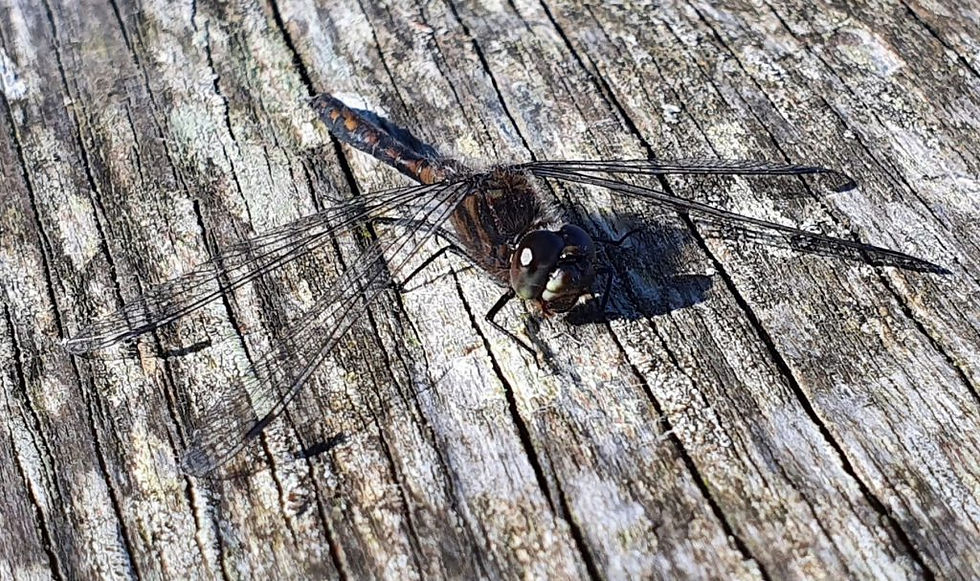Days that start off cool and frosty warming during the day, showers of rain and leaves beginning to fall, it must be September in the Cairngorms. After the vibrant purples of August, the grassy heathlands, bracken and trees are turning rusty orange. The frosty nights have covered areas in dew, making spider webs on heather very visible on a morning walk in the area. Bird migration begins making for some interesting days out in the field and autumn storms are on the way.

Dew covered spider webs (Kate M)

Rutting Red Deer Stag (David Braddock)
As Summer turns to autumn, the wildlife not only migrate but the animals that are here year-round begin to change in behaviour as they prepare for the winter months ahead. Young raptors take to the skies above our mountains and glens to practise their flying skills and begin to hunt. Red Deer begin to make their way down from the high mountain tops to begin their rutt, where the male stag will bellow day and night to attract and mate with hinds. There have still been a few late summer animals enjoying the last of the sunshine, including Red Admiral butterflies and Black Darter dragonflies.

Black Darter

Red Admiral

Lochan Reflections (Kate M)
We must admit it is now Autumn, with the nights rolling in, frosty nights and leaves rapidly changing colour. As we come to the end of September, skies were blue, and the lack of any wind meant that any areas of water were like a shining mirror. Scotland and the Cairngorms are full of lochs and lochans (small lochs) each unique in appearance and their popularity. Sometimes you can find a unique spot beside a lochan where there is peace and tranquillity, admiring the reflections that the trees and surroundings create on the surface of the dark peaty waters.

Slime mould, Yellow Stagshorn, Angel Wings, Fly Agaric (Kate M)
Walking in the woodlands and heathland around the park, you may have noticed a huge variety of fungi growing from the ground or trees and logs. The Cairngorms can be home to some rarer species of fungi including the Bloody Tooth fungus. The fruit bodies of these intriguing organisms of our countryside come in all different shapes, sizes and colours and it can make any walk more interesting as you try to find the most interesting around.
Keep up to date with our travels over the next month by following us on our social media channels and check our website for what else we offer.
Comments